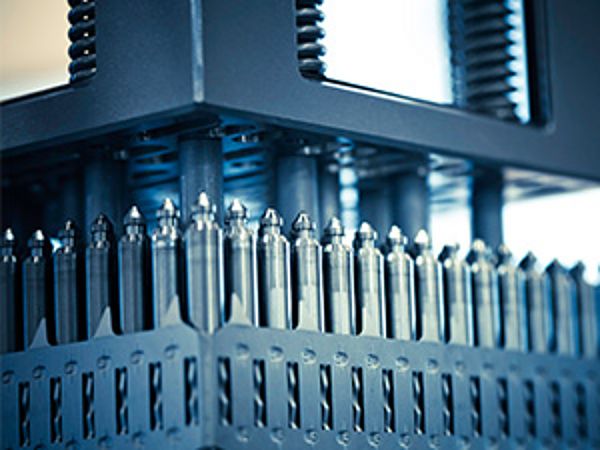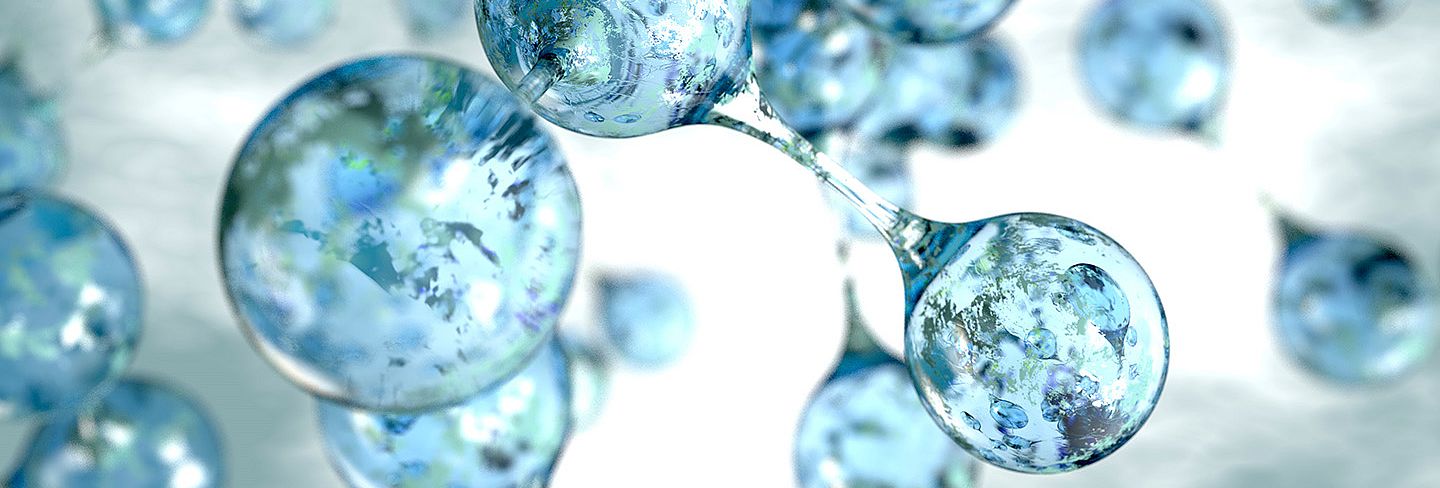
Energy and environmental engineering
Driven by the desire to reduce greenhouse gas emissions, enormous strides have been made in recent years in the development of new technologies for energy generation, storage, and use. In many industrialized countries, a considerable portion of the annual electricity output is already generated from renewable energy sources, and the trend is rising. Nonetheless, at the global level, power generation from fossil fuels (coal and natural gas) and nuclear energy will not diminish in coming years, but instead will keep growing.

Our motivation: Enabling innovation
Renewable electricity is generated through wind power, photovoltaics, or biomass, among other sources. Excess electricity is stored in battery cells or pumped storage power plants or converted into green hydrogen – in many cases with the help of VDM Metals materials. Added to this is a whole range of peripheral applications in which alloys from VDM Metals also help create environmentally and climate-friendly technologies – in fuel cells, wastewater treatment, or flue gas desulfurization. In conventional power generation, the present challenges are to raise efficiency levels at power plants. In these cases, nickel alloys and special alloys often also play a decisive role.
The following alloys are typically used in energy and environmental engineering
VDM Alloy 31 Plus® (2.4692)
- VDM® Alloy 36 Powerline (1.3913)
VDM® Alloy 617 B (2.4663/UNS N06617)
VDM® Alloy 2120 MoN (2.4700/UNS N06058)
VDM® Crofer 22 H (1.4755/UNS S44537)
- VDM® Alloy 602 MCA
Hydrogen
Hydrogen produced in a climate-neutral manner is a key element of the global energy transition, regardless of whether it is used as a raw material for industrial applications, as a fuel for fuel cells, or as a starting material for synthetic energy carriers. However, handling hydrogen places high demands on metallic construction materials. New or improved materials are therefore needed, and they must be comprehensively characterized. This is because hydrogen can reduce the strength, ductility, and service life of metals as soon as it diffuses into them. VDM Metals is already supporting innovative technological concepts for the production, storage, transport, and use of hydrogen as an energy carrier and as a raw material for climate-friendly fuels.
Pure nickel in strip form made from VDM® Nickel 201 is used to produce cathodes for alkaline electrolysis. High-temperature materials that have already been tried and tested in conventional applications (e.g. VDM® Alloy 602 CA, VDM® Alloy 601, or VDM® Alloy 699 XA) can be used in a wide range of applications; for example, they have already been used in the production of gray hydrogen. Another interesting application area for these materials would be in water-gas shift reactions to produce synthesized gas from hydrogen and carbon dioxide. This gas can then be used to produce important raw materials for the chemical industry or synthetic fuels, for example, with the help of the Fischer-Tropsch process. VDM® Alloy 36 stands out with a low coefficient of thermal expansion and is suitable for transporting and storing liquid hydrogen.
Fuel cells/electrolysis
Hydrogen is very important as a sustainable energy carrier of the future. The production and use of hydrogen therefore plays a crucial role. VDM Metals also offers suitable materials for various processes in this area. Some materials are used for high-temperature electrolysis: A solid oxide electrolyzer cell (SOEC) produces hydrogen from electricity and water – in a particularly climate-friendly way using renewably generated electricity. A solid oxide fuel cell (SOFC) works the other way around, generating electrical energy from hydrogen and atmospheric oxygen. Due to its size and an efficiency of around 85%, the solid oxide fuel cell is particularly well suited to supply decentralized energy for buildings, commerce, trade and factories. It can be operated flexibly with hydrogen, biogas, or natural gas. With VDM® Crofer 22 H and VDM® Crofer 22 APU, VDM Metals has developed suitable materials for both the fuel and electrolyzer cells that now serve as a global benchmark.
Concentrated Solar Power
Harnessing the power of the sun to generate electricity can be achieved in a number of ways. Photovoltaic panels are a widespread example. They are used in the private and commercial sectors to generate electricity. But there are other options, especially in regions with more than 3,000 hours of sunlight per year (such as southern Spain, North Africa, or California, USA), where solar thermal power plants are used. These power plants concentrate the sunlight with thousands of mirrors onto piping systems (solar receivers) in which the radiation is absorbed by a heat transfer medium – thermal oil, steam, or liquid salt. Through a heat exchanger, steam drives a steam turbine complete with generator to produce green electricity. CSP power plants can also take the form of solar towers. In this case, the mirrors are arranged around a tower with the absorber at the highest point. If a molten salt is used as a heat transfer medium in the pipe system, it can heat up to temperatures above 500°C. These high temperatures, combined with sometimes highly corrosive media, require the use of high-temperature materials such as VDM® Alloy N06230 or VDM® Alloy 625, among others.
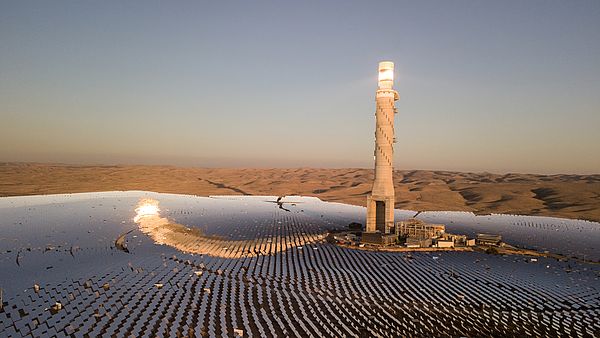
Polycrystalline solar cells
Materials from VDM Metals are not used in the cells themselves, but in the production of polycrystalline silicon, the base material for polycrystalline solar cells. Here, the base material goes through a complex production process in which the temperature can rise to over 1,000 °C (1,832 °F). The design of corresponding reactors increasingly requires the use of high-temperature materials like VDM® Alloy N08120.
Energy generation from biomass
Biomass can be used in solid, liquid, and gaseous form to generate electricity and heat and to produce biofuels. It generates fewer CO2 emissions than fossil fuels like hard coal or petroleum. The return of the substances contained in biomass to the material cycles makes processing particularly challenging, which in turn makes it tough for the plants in which these processes take place.
On the one hand, gas is produced in the ongoing process that can be used for electricity generation. On the other hand, valuable resources such as phosphorus are recovered and can be added to the material cycle again. The plants require robust materials that are resistant to heat, pressure, and oxidation. VDM Metals offers versatile materials, making it the partner of choice for the development and expansion of alternative energies. One of the processes involves recycling of sewage sludge by heating the wet mass into supercritical water, which is split into synthesis gas. All solid ingredients of sewage sludge such as minerals, heavy metal salts, and phosphorus are recovered by this modern process, which also requires special materials from VDM Metals, including VDM® Alloy 602 MCA, as temperatures of more than 600 °C (1,122 °F) and pressures of up to 250 bar are required here.
Overhead power lines
The electricity generated in offshore wind farms often has to be routed over very long distances. The higher volumes of electricity cause the high-voltage lines to heat up and sag. This sagging effect can prevented by using VDM® Alloy 36 Powerline. This high-performance material provides a four-fold reduction in thermal expansion with high mechanical strength so that the volume of transmitted power can be increased. When it comes to power distribution, this means: As the overhead power lines have a greater capacity, the capacity of the electricity grid is also increased.
Heat from the depths: Geothermal energy
Geothermal energy, or geothermal heat, is the heat energy present beneath the earth’s solid surface – the deeper you go into the earth, the warmer it gets. There are a variety of processes and applications for harnessing the naturally available geothermal energy.
Geothermal power plants are being built to use this energy to generate electricity. In these plants, hot, pressurized water is pumped upward in pipes from deep warm layers called aquifers. Typical depths: 3,000 to 5,000 m (~9,800 to 16,400 ft). For every 100 meters (328 ft) of depth, the temperature rises by about 3 °C (37.4 °F). At the surface, the water transfers its heat to a heat transfer medium, which evaporates and drives a turbine and generator. The composition of the rock layers and the high temperatures require special materials for the long pipe and pump systems. Materials from VDM Metals, such as VDM® Alloy 625, are specifically designed for this purpose.
Stationary turbines
The technological demands placed on high-performance materials for stationary turbines are comparable to those for aircraft engines. Here too, the special properties of nickel alloys are needed to ensure safe control of the process and the highest possible efficiency of the equipment. VDM® Alloy 617, VDM® Alloy 75 and VDM® Alloy C-263 are used for various components in stationary gas turbines. These include combustion chambers, ring blanks, sealing components and internals, in addition to the transition zone between the combustion chamber and the turbine.
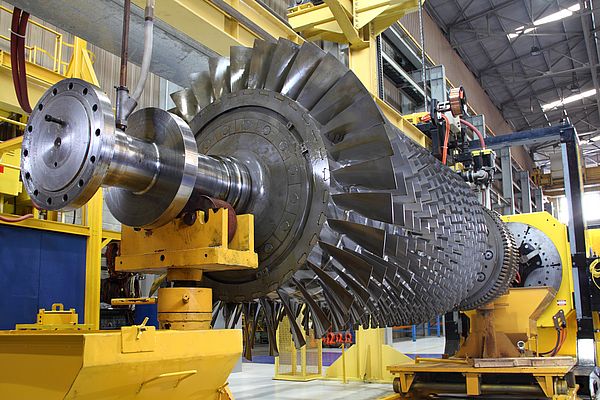
Flue gas desulfurization for ships
In order to comply with the stricter regulations of the International Maritime Organization (IMO), clean exhaust gases have become essential for fleets of ships. Flue gas scrubbing systems are an economical and environmentally friendly solution that removes sulfur oxides from ship exhaust gases, helping to keep the air and environment clean.
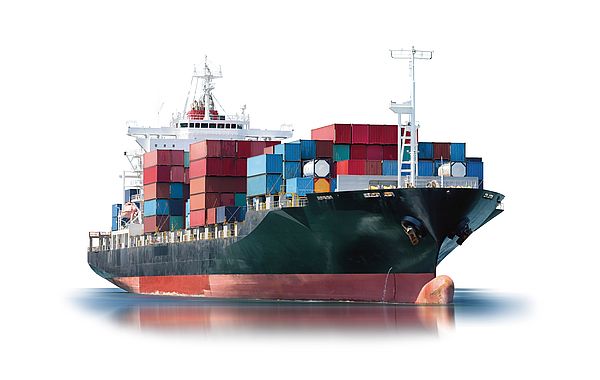
Wastewater treatment
Wire meshes made of nickel-copper or nickel-manganese alloys are used as catalysts in wastewater treatment and bacteria removal. They generate their effect in the surface treatments carried out by customers or alone through their alloyed composition.
Nuclear energy
Nuclear energy is often seen as a bridging technology. Safety and reliability are the cornerstones of nuclear power generation. VDM Metals offers suitable material concepts for all aspects of nuclear energy production, from plant engineering and reprocessing of fuel elements to maintenance and repair. VDM® Alloy 690, VDM NeutroShield® and VDM FM 52i® are materials typically used in power plant construction and in reprocessing. VDM Metals performs extensive precision testing on every single product according to individual customer specifications to ensure that they possess the required mechanical and corrosion properties, thus contributing to the safe and reliable production of nuclear energy.
